Avon Park Army Air Field was located roughly in the middle of Florida , east of Tampa Pampa and Enid airfields, the Avon Park
The base had multiple uses but mostly it was for live bomb training. There were some military there for survival training and some for learning chemical warfare which was a sobering thought when we learned about it. There were also a lot of guys there training in aircraft maintenance. Not too far away as the crow flew, just outside Tampa
We were being prepared to go overseas to fight the war in Europe and we were sent to Avon Park Florida is not too wide and when you took off it was only a matter of minutes, whether you headed east or west, until you were over either the Atlantic on the east or Tampa Bay
There were thousands of people on the base and very little base housing. Many of the guys, mostly officers and their families, lived off base in motels around the area. We were in very basic accommodations on the base.
The B-26 was a twin-engine bomber made by Martin. It had very high wings and they were short wings. It had large Pratt-Whitney engines with Curtis electric propellers. Since it had such a high wing loading and only two engines, if one of the engines lost power it was hard to control. The electric props had a tendency to go into flat pitch, which would cause them to over-speed and loose thrust if the power was interrupted. There was a manual override that would put them back into the right pitch again.
The large engines produced a lot of speed for a medium size bomber so take offs and landings were at speeds of 125-130 mph. Lower speeds caused it to stall on landing. I explain this because the planes had a well deserved bad reputation and it took experience and some strength to fly them.
The first week I was in transition our base lost six planes and crews just off the end of the take-off runway. Thus the B-26 had developed several rather depressing nick names. Martin Marauder was the best of them. It was also known as the Widow Maker and The Flying Coffin. There were a couple more I don’t choose to mention. The guys over at McDill were having the same problems we were and had coined the slogan “One A Day in Tampa
I was lucky because my first flight was with the Squadron Commander and he gave me a very good briefing before we took off. Sure enough, just after take off the right prop went into flat pitch. We got it under control and had a successful flight. This training came in handy later when I was training in Ireland




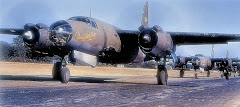
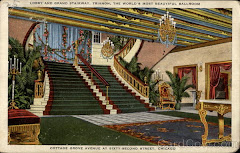
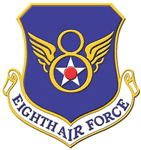

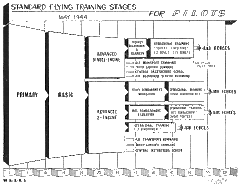
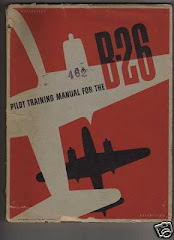
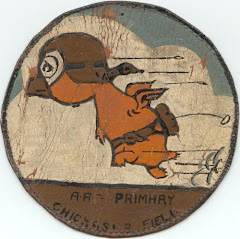

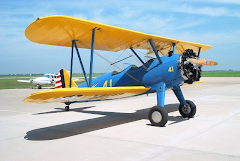



No comments:
Post a Comment